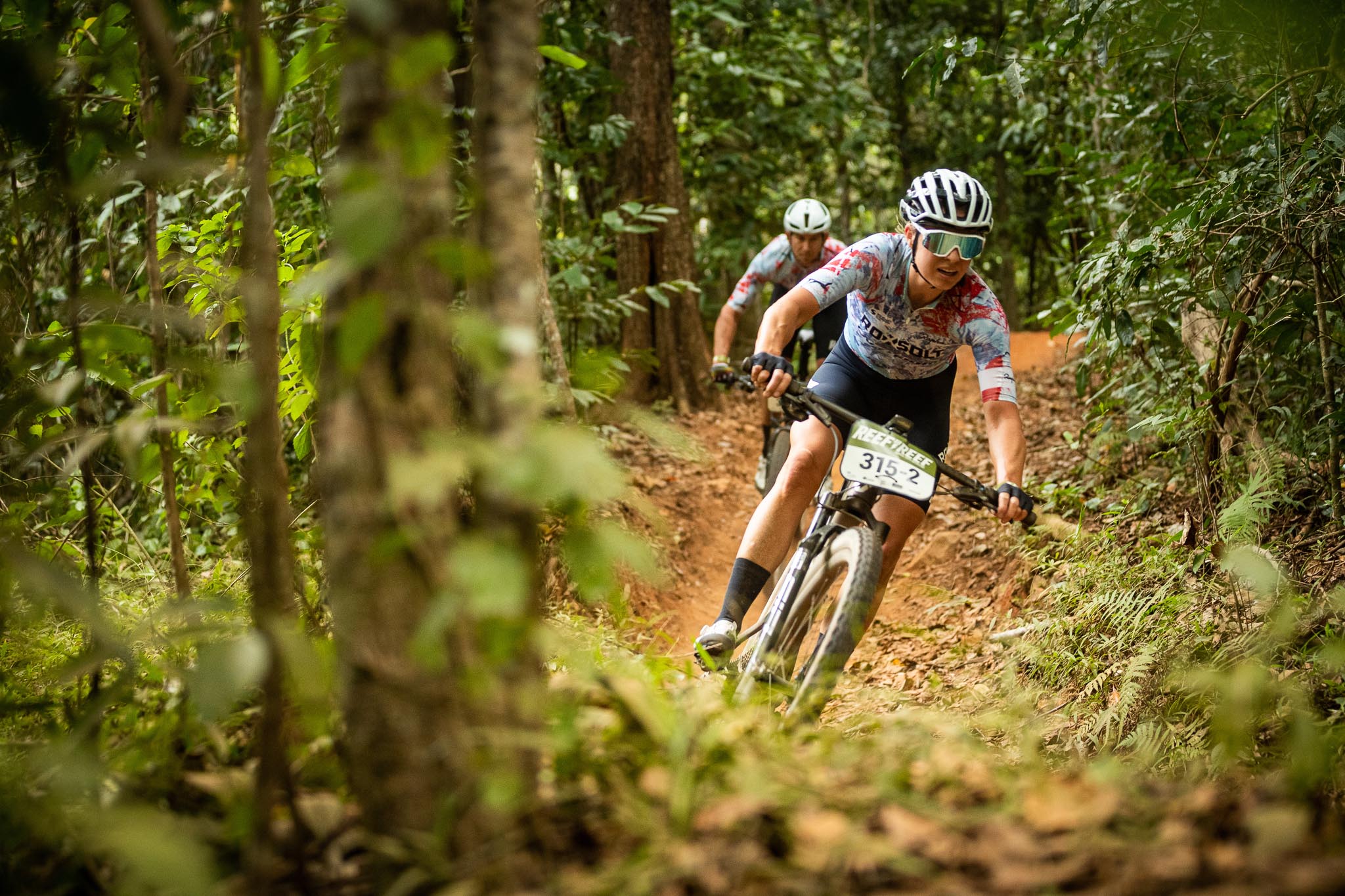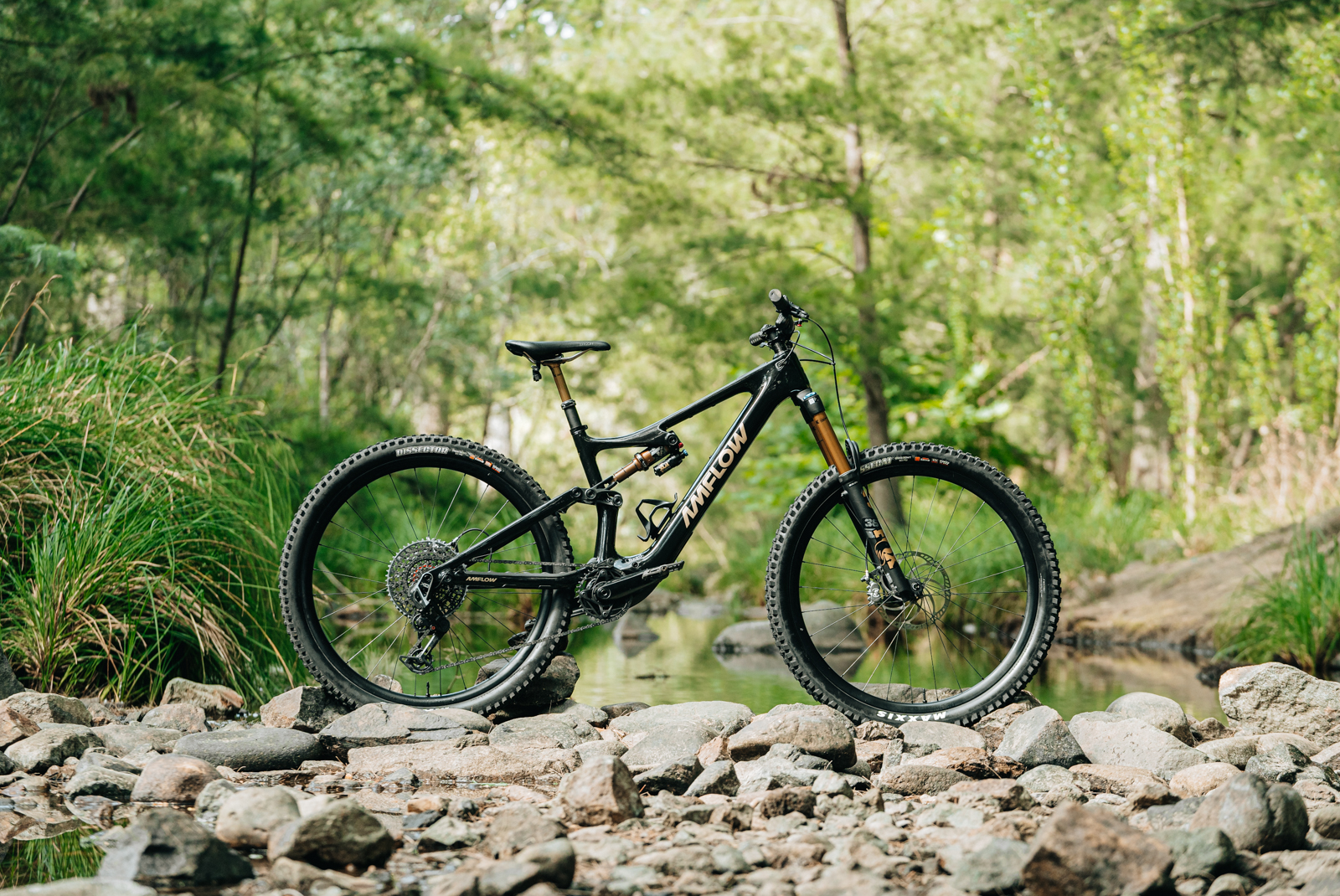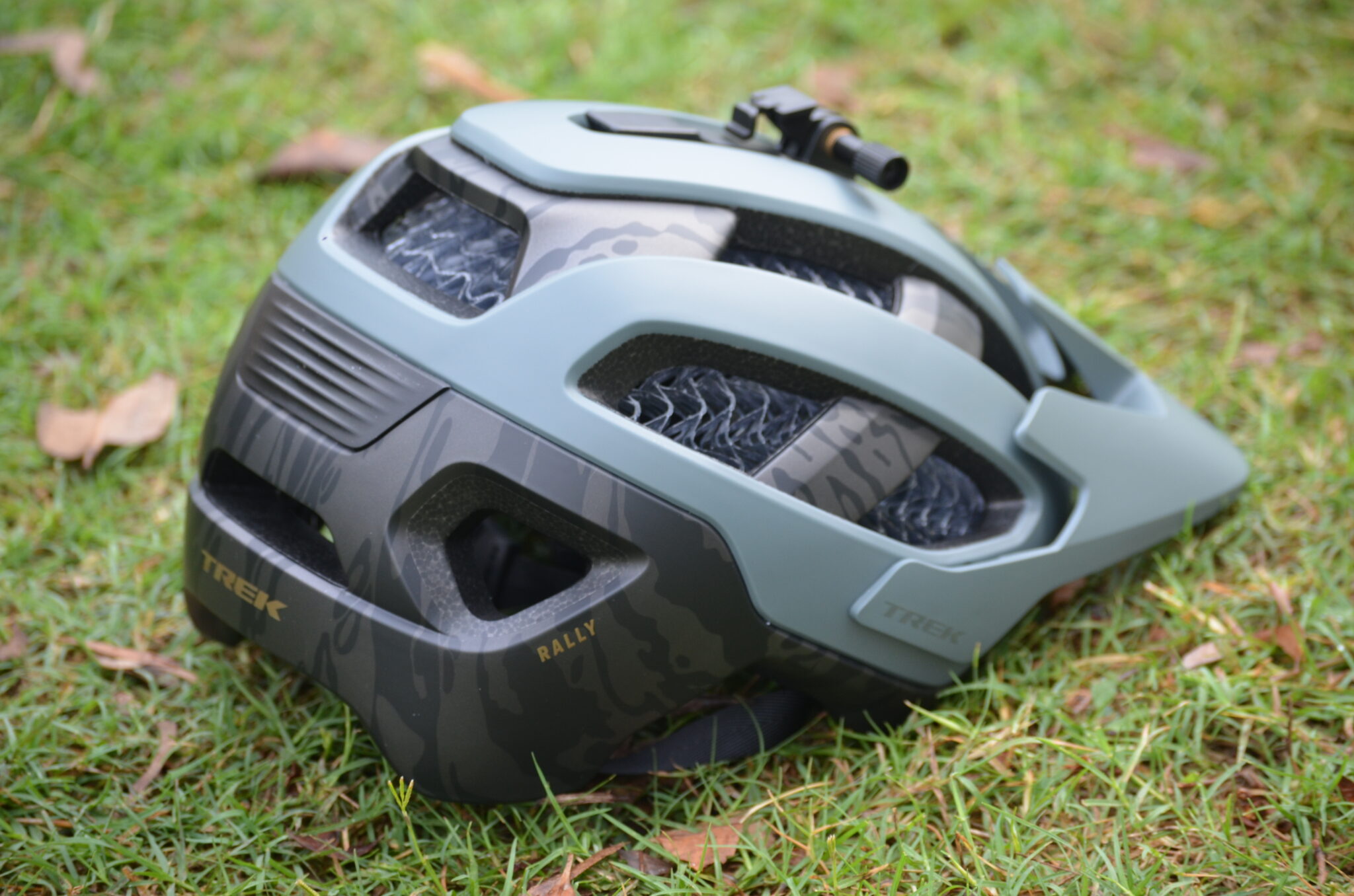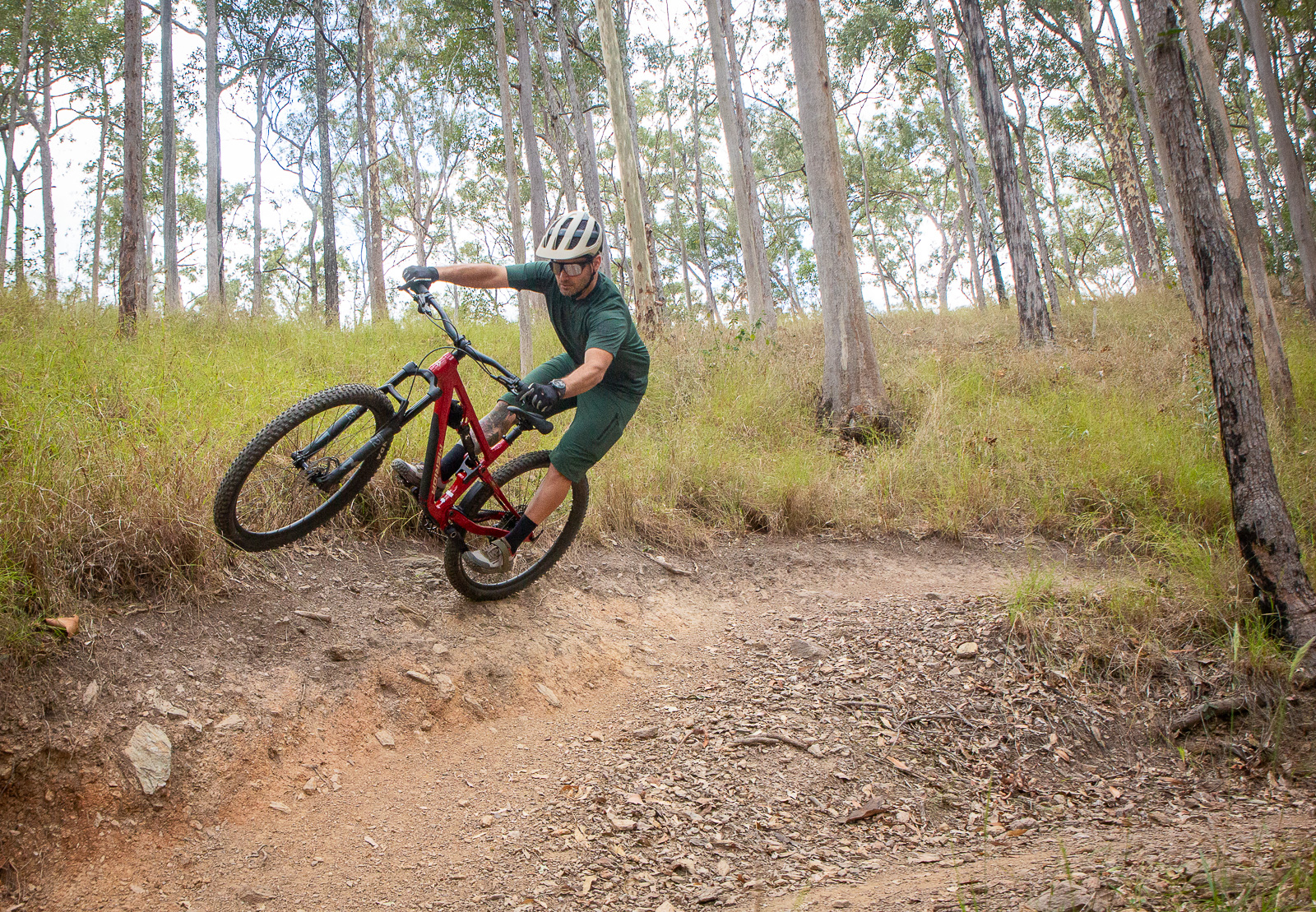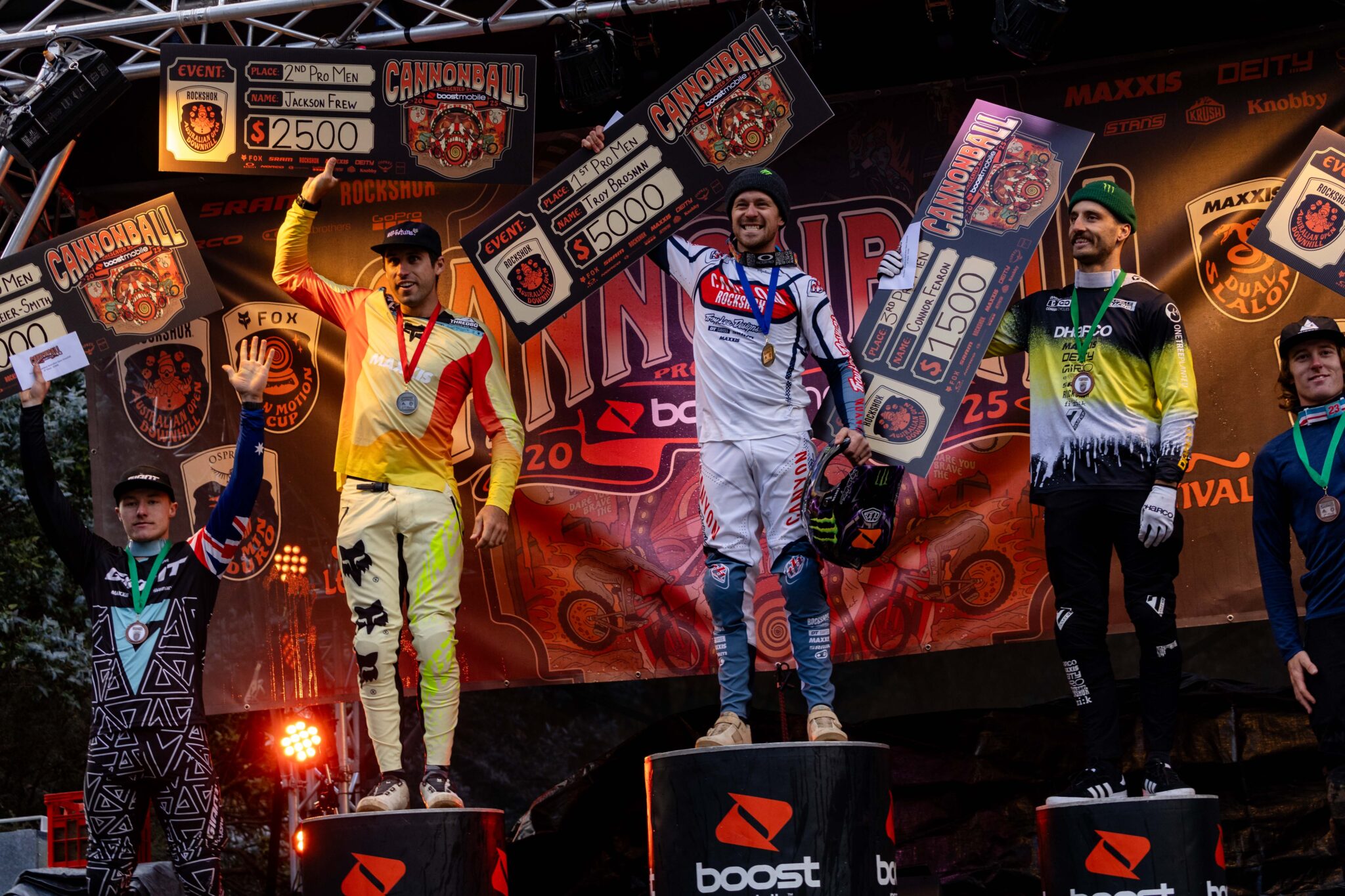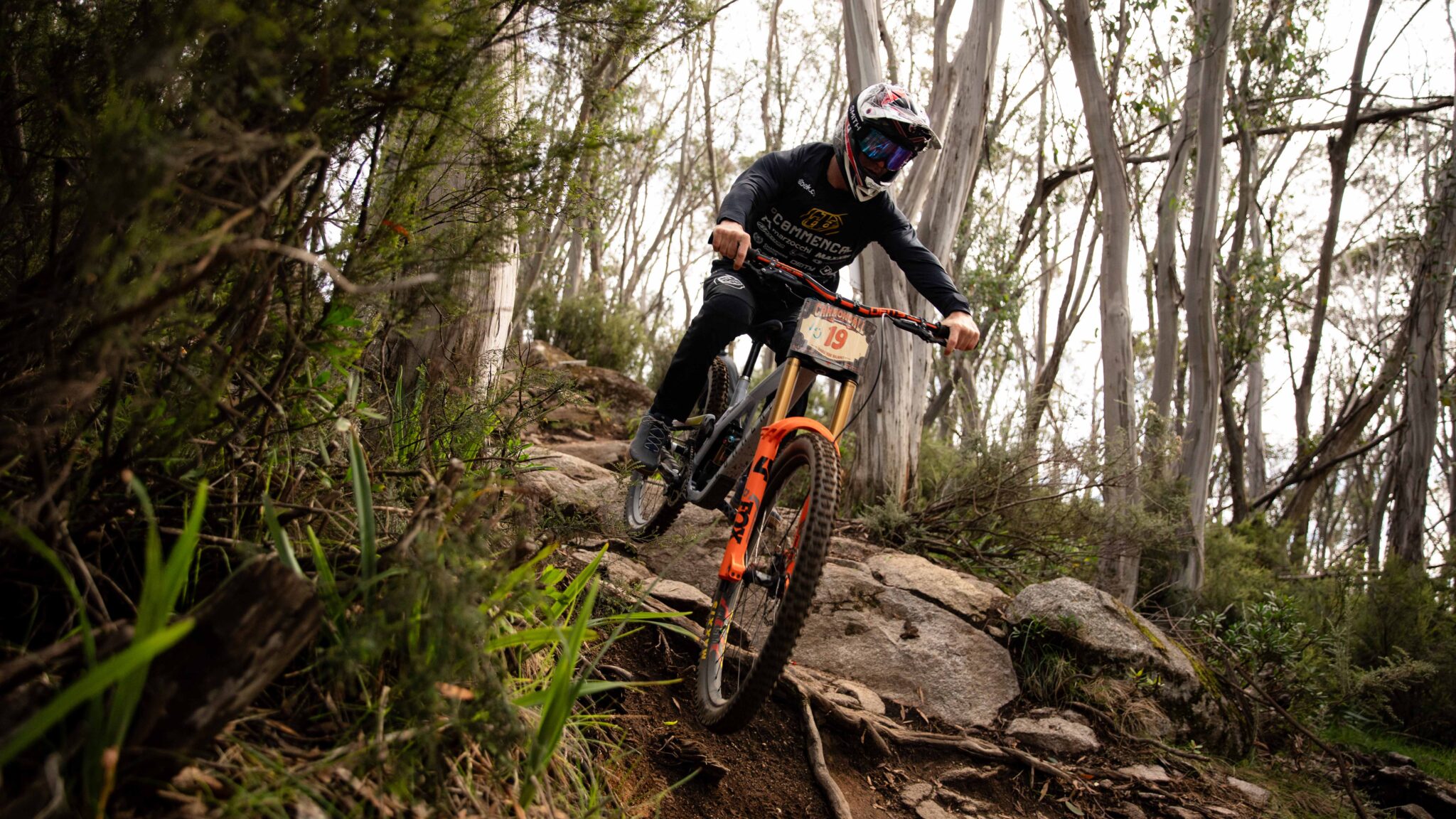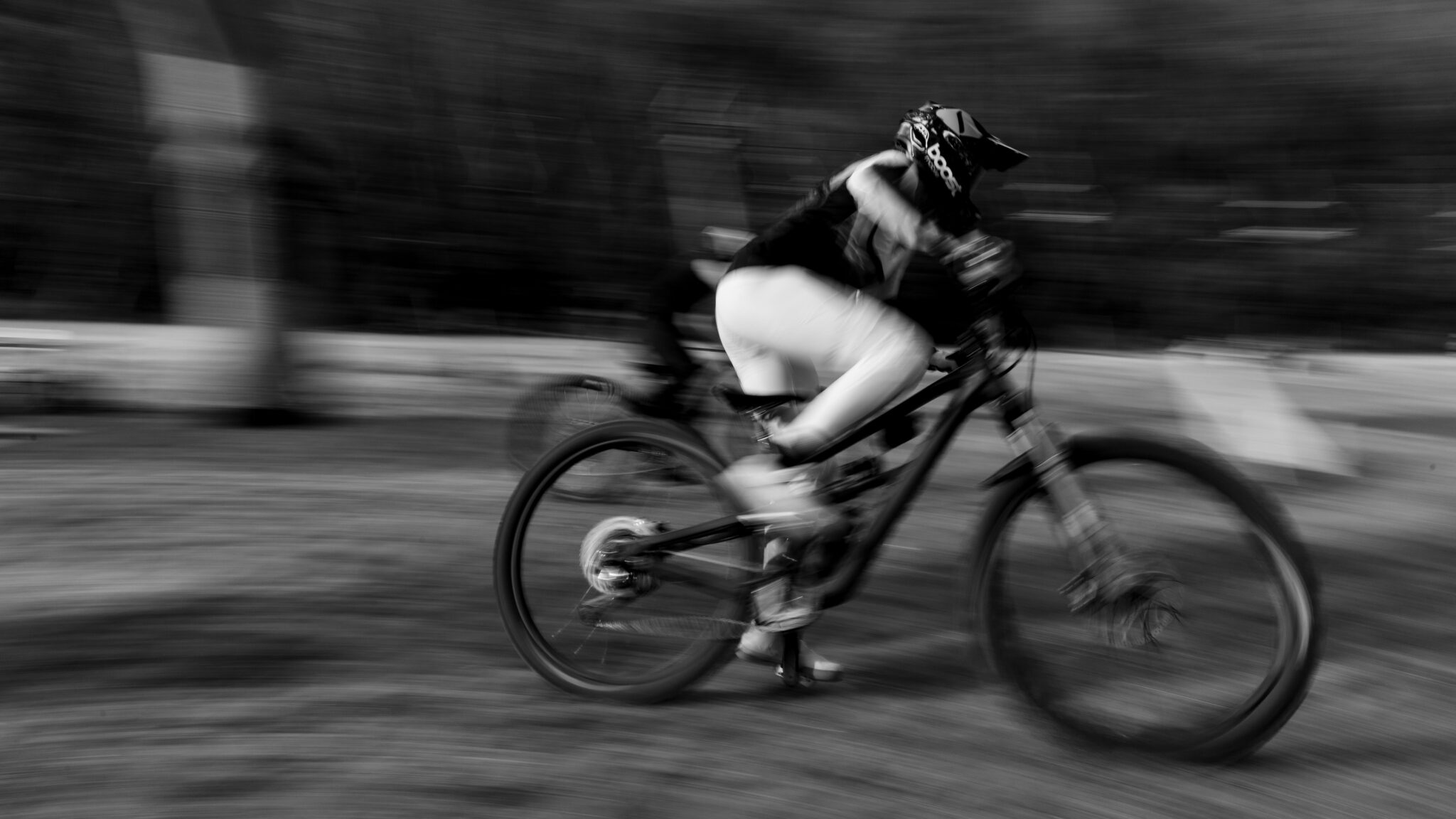FITNESS: How to Avoid Failing at Your Big Event
Whether it be completing a grand fondo in a goal time, or lining up for race wins, having a plan is critical to executing a solid race or having a good time in an event.
Words: Anna Beck
Photos: Tim Bardsley-Smith
If you’re a long term reader of this fitness column, it’s likely you’re trying to improve your fitness and may even be targeting an event or race. But in the past few years, they have been few and far between. The recent Reef to Reef was a great welcome back to the bigger stage races in Australia with multiple editorial staff from AMB in attendance, and we used this race to chat to some of the domestic big-wigs about event preparation.
With such a big time between drinks (or races) it’s easy to forget about how to approach and plan for success. Whether it be completing a grand fondo in a goal time, or lining up for race wins, having a plan is critical to executing a solid race or having a good time in an event. In this article we will explore some of the factors to consider leading into your goal event, getting some of the most prominent and enduring voices in the Australian racing scene to let us in on their tips and tricks.
Course reconnaissance
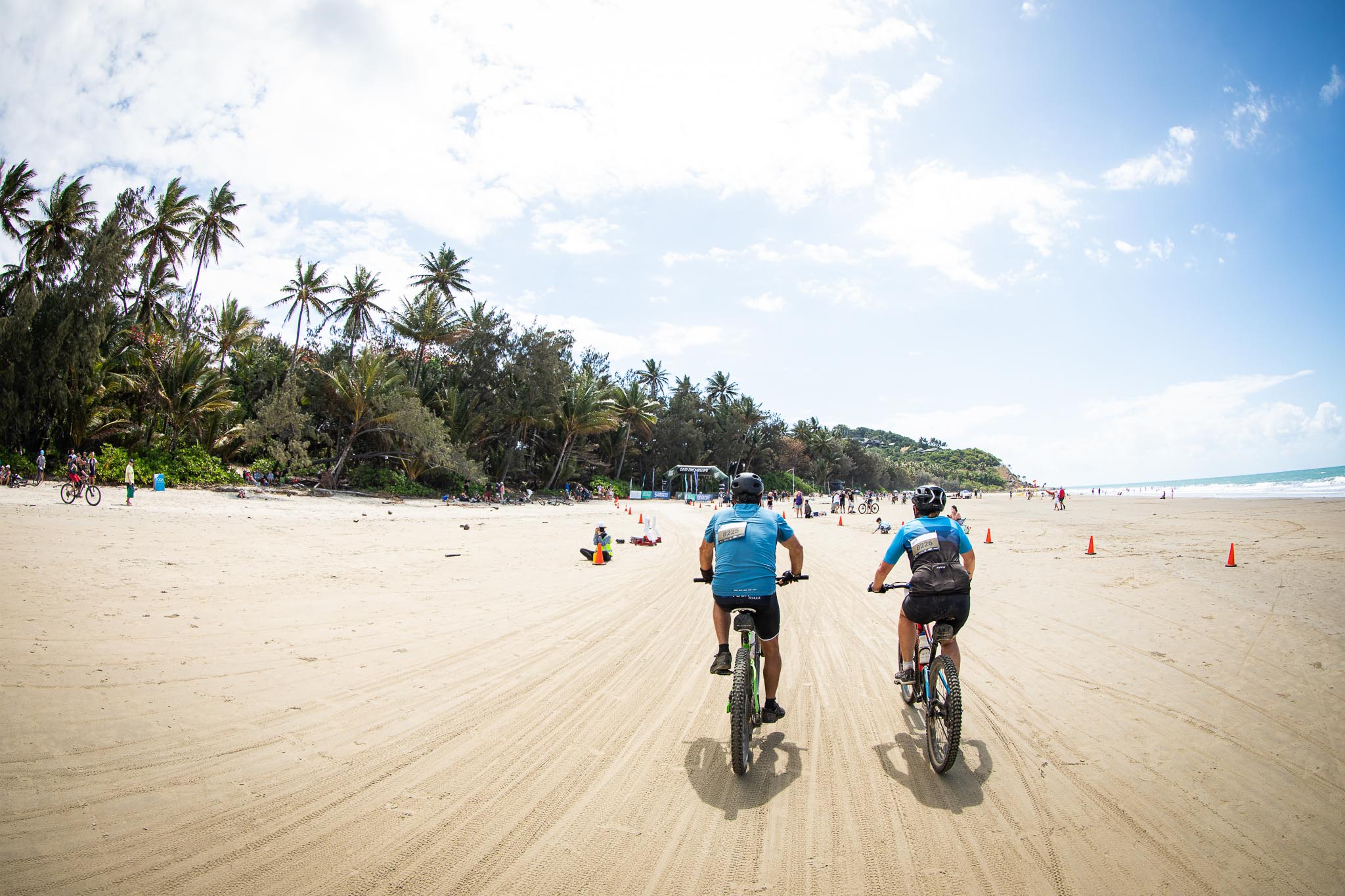
Some knowledge of the course is part of race prep and important for mental knowledge of what’s coming up, but all athletes approach the course recon differently, Adrian Jackson (third at Elite XCM nationals this year and long term hitter) prefers some intimate knowledge of course “No matter whether it’s XCO or XCM I personally like to have researched and ridden the course as much as possible before the event, and try and work out which bits will be the more decisive sections. Then I have a bit of a plan for where I want to be going into those sections at each stage of the race. Obviously if you are strong enough to ride at the front the whole race then that’s great, but most of us are not, so it pays to be smart about when and where you burn your matches to get in position”.
Peta Mullens, however, prefers a more casual approach “If it’s a state level race, XCM or stage race I don’t recce anything, so I always hope the finish line is in sight so I can be prepared for what a potential sprint would look like. But for a National XCO title I’ll try to do 1-3 laps”.
Holly Lubke, Australian Team U23 racer at the recent XCO World Champs, has her process dialled after a few years racing at the higher levels, and states the first few days when arriving at a World Cup course is “dedicated to learning the course and dialling lines. I like to take my time in these days, watching other riders and racing my teammates on different line choices. If I am intimidated by a feature of the course, I like to give myself a max of 3 attempts, and if I don’t ride it, I move on and come back another day”. She also acknowledges the power of knowing all lines on a course, “I like to make sure I can ride all lines, even the slower ones. It’s also important to consider what the course could be like if weather conditions were to change and how you would adjust your riding style and bike set up”.
Hot tips for course checking:
-If possible check out the course prior to racing making notes about significant climbs and descents, otherwise do some online profile stalking.
-Make sure you can identify places to eat, drink and pass others.
-Think about the context of the courses elevation and key features
Mental Prep
Mental preparation for an event is just as important as physical preparation, after all your training could be all for nothing if you’re not ready for the effort of race day.
Mullens states “I approach racing very casually nowadays, which I would say is due to the number of races I’ve done in my career; a lot. I always go in with a realistic expectation based on the work that I have (or sometimes haven’t) been putting in, and I always try to remember why I’m there in the first place, which is normally to enjoy the trails in good company.”
Tasman Nankervis, second at the recent XCM National Champs and stage race Reef to Reef winner, states that mental preparation is tied to the physical preparation for the race, “my favourite session is to complete a ‘mock race’ the week out from the event on a course which replicates the race as close as possible on home tracks. This mock race prepares myself physically for the intensity of the event and mentally as when I’m actually ‘lining up’ it’s like I’ve already been here before. I believe having a hard hit out prior to the event also helps dull race pain perception, leading to clearer, smarter decisions during the race”
National XCM champion Em Viotto, states that changing her mental game has been key to her success in the 2022 season, “(previously) I generally went into races feeling I could never win, I’m not good enough, everyone is better than me, so before I even started I was already defeated. I feel a lot of athletes can relate to this… I can’t express how much a positive mindset and self belief has helped me!”.
Mental preparation tips:
-You practice in training what you do on Raceday, and this includes mental game!
-Remember that riding bikes should be fun, even if it can be hard.
-Positive mindset and self belief are your best friends.
Taper
Jackson states “In terms of the days leading up I always stick to my known routine for important races. Last hard workout 3 days out, easy day 2 days out, and short ride the day before with some efforts to make sure the legs are ready.”
This approach is pretty common in the cycling population, allowing rest and recovery to come into an event ‘fresh’ but allowing a bit of intensity the day prior in order to touch upon the energy systems you will be engaging during the race. There are studies looking at the ‘ideal’ taper (linear, stepped) but there are a few key points to execute.
During this acute period, it’s also time to ensure the bike and equipment is good to go: finalise tyre choice and suspension settings at this time!
Tapering tips
– Reduce volume of training: how soon you do this will depend on your level of fitness and training time into event (very fit/high load: may tolerate longer taper/decrease in volume).
– Maintain event specific intensity.
– Provide event specific stimulus 48-72 hours prior to event with easy recovery.
– Use a pre race ‘activation’ session to touch on the energy systems you’ll be using in the race the day prior!
Nutrition and pacing plan
Viotto states that nutrition wasn’t something that came naturally for her and required some deliberate planning, “I practiced this in a few training rides before racing. I realised I was severely under fuelling in racing and training I would always hit a wall (bonk) in the last 1hr of a race and would be just surviving to finish as opposed to racing to the for the podium or win. It’s easy to forget to eat and drink on the bike when racing!”
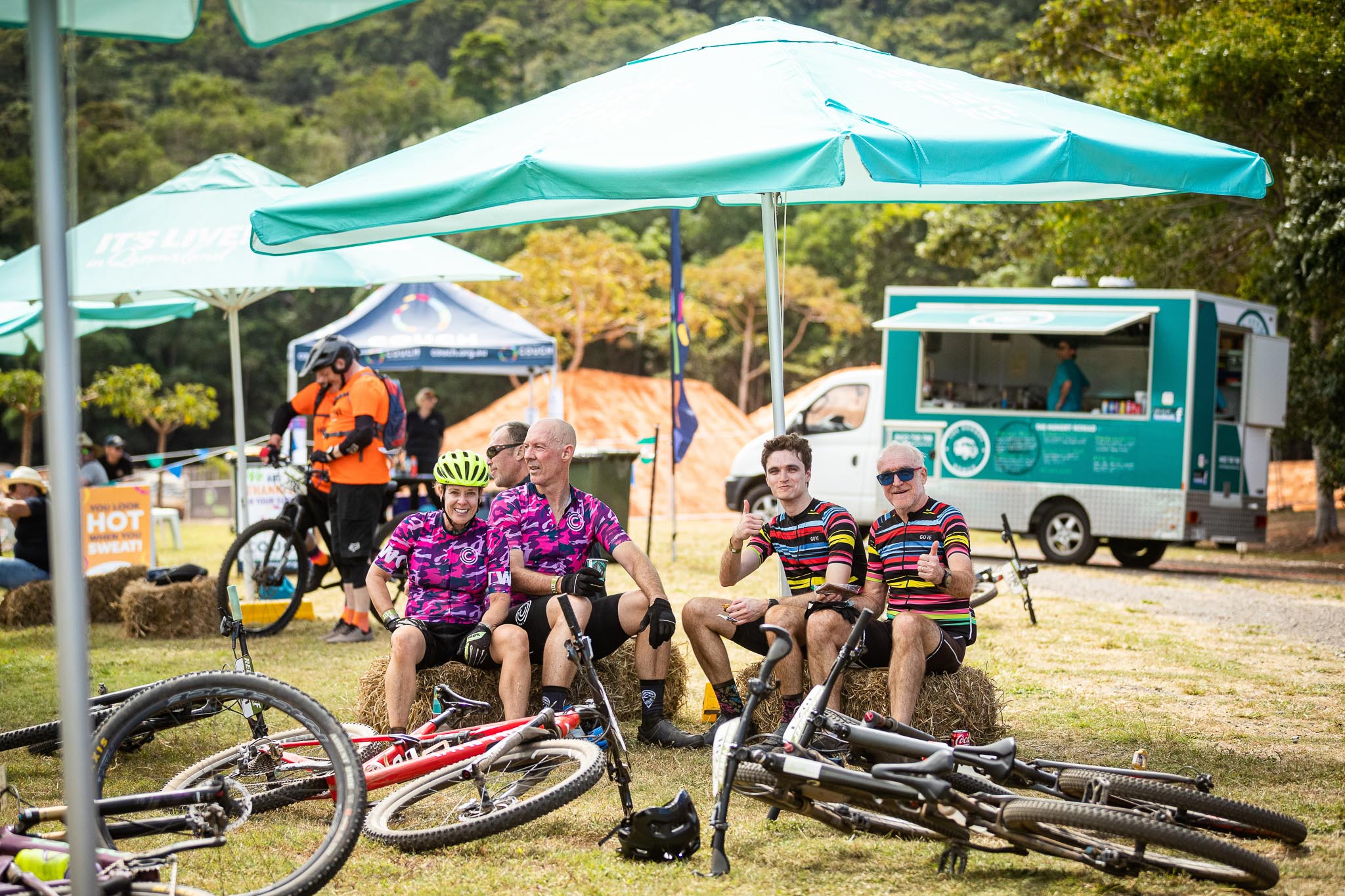
Mullens explains her plan for race nutrition as keeping it pretty standard and simple, “Always coco pops for breakfast, and maybe a bit of toast if my stomach can squeeze it in before the start of a longer day. I’ll have a start line gel, and a gel every 30-45mins depending on the length of the race. I race with only carbs in my bottles until the race gets over 4hrs, then I like to have a mix of water and maybe even a coke towards the final hour.”
The common theme amongst all the athletes was that carbohydrates are the key fuel source, and eating more led to an increased performance. For more information on fuelling well, reach out to a sports dietician!
Warm up
Jackson states “A solid warm-up is super important for me, especially for XCO where a good start is key to a good result. This will be about 30 min with at least 3 hard 1 min efforts and some short start sprints, ideally off the actual start line to get your gearing decided. Overall every individual is different, so it really pays to look back critically at races that went well and not so well to figure out what works best for you.”
Mullens plays it a little more fast and loose with the warm up and race prep directly before the gun goes off, “I have a specific warm up for big XCO races, but for Marathon and stage races it’s just a roll to get the heart beating and the blood flowing. The races start so early I can barely get out of bed’ Normally I ride by feel so I go in with a positive head space regardless of how the legs are on the day.”
Regardless of if you want a super structured warm up, or want to take it on a race-by-race basis, turning the legs over is important in preparing the body and mind for the event ahead.
Once the gun goes off…
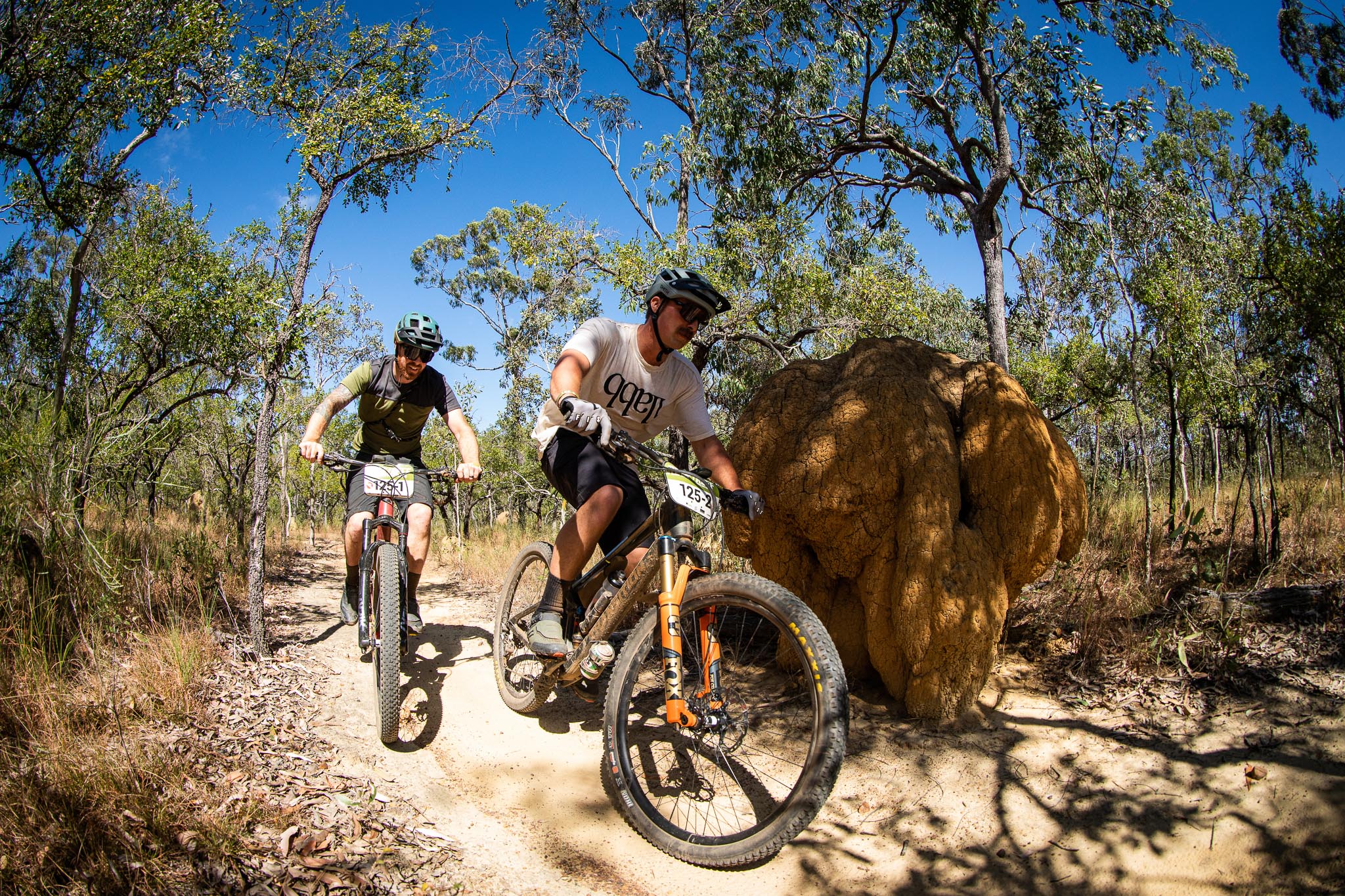
Jackson adds that on race day “a plan is great, but when the gun goes off it often pans out differently, so having the right instinct and not getting stressed is important too (easier said than done, but experience helps a lot!)”
Mullens states that tactics and thinking on her feet (or wheels) is one of her greatest strengths, “Even if I haven’t seen the course I’ll do a quick Strava check to pick out key points and try to play to my strengths when I can. I’ll always check the start list and gather knowledge of where my competitors are at as well. I know I can’t improve my skills or my legs the day prior, but tactics are a freebie.”
Whatever happens when the gun goes off, it’s important to be able to be flexible and curious enough to be able to overcome setback. While you can’t control what others are doing in races, you can control your own effort, processes and decisions. While not every race will end up the way you want it to, heeding these key elements of race preparation will allow you to be more prepared for whatever the day throws at you!

